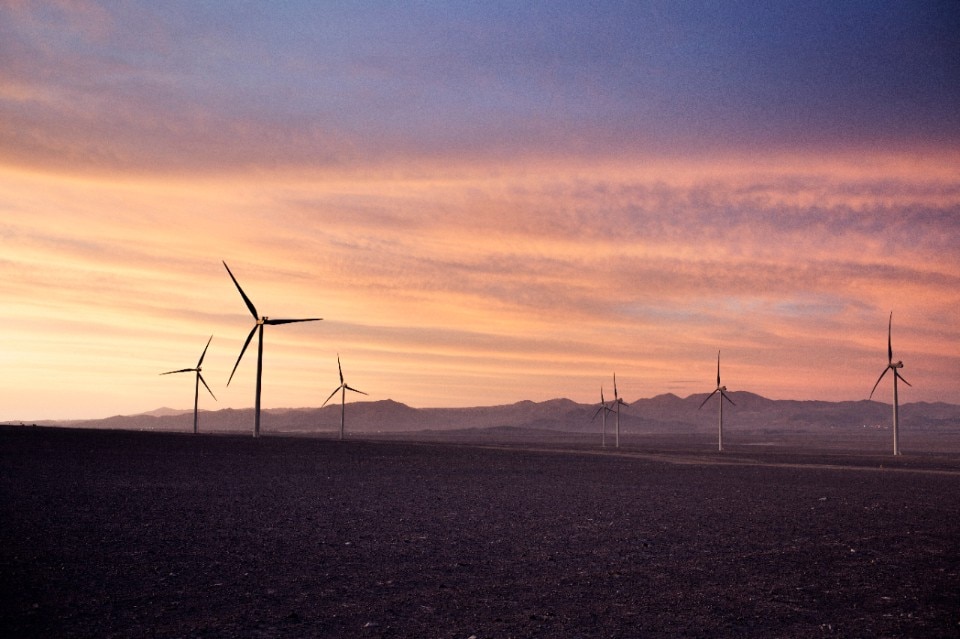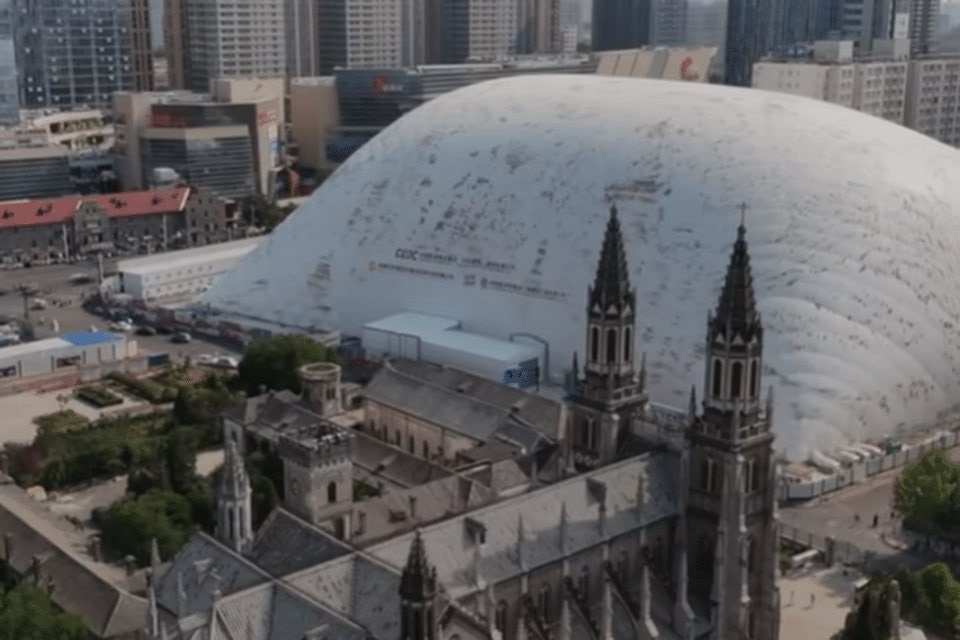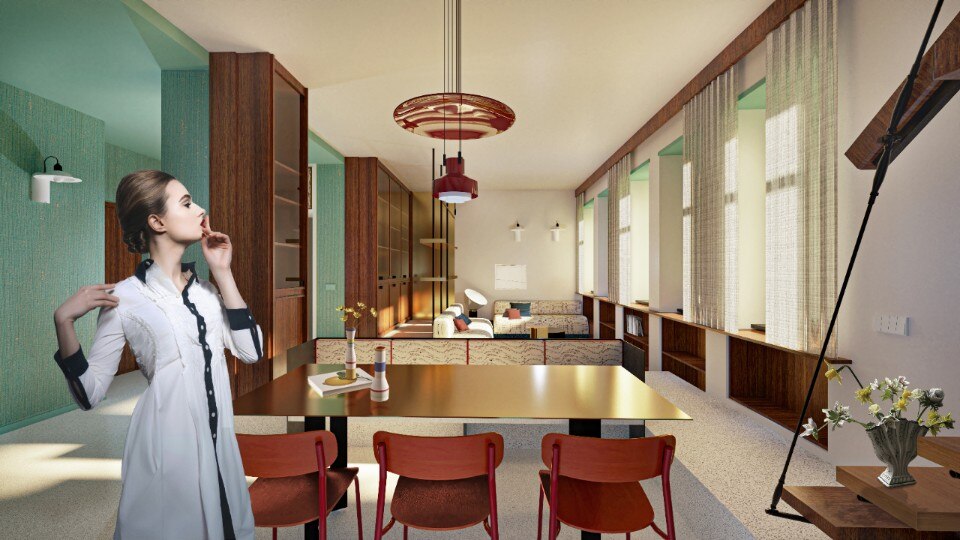Lately, an image has been circulating on Instagram showing a construction site overshadowed by a massive white “bubble” – a membrane that slowly inflates to the size of a large public infrastructure. This is a new Chinese initiative that could become a model for the future: an inflatable dome, 50 meters high and covering 20,000 square meters, designed to fully enclose excavation and construction sites. The structure can capture up to 90% of fine dust particles and reduce noise pollution by around 40 decibels.
The installation of this membrane — the largest ever built in an urban setting — clearly signals a paradigm shift in how environmental impacts are managed during construction in high-density cities. According to local authorities, the dome was introduced to protect nearby residential neighbourhoods, often affected by airborne particulates and high noise levels from heavy machinery.
The dome’s membrane, made from PVDF-coated polyester, is supported by an internal overpressure generated by continuous ventilation systems that require no columns or intermediate beams, allowing for an open and flexible construction layout. This makes it a reusable structure that is fire and wind-resistant, anchored to the ground with 38 steel cables. Inside, various temperature and pressure sensors regulate air circulation and activate water misting systems at air exhaust points, significantly reducing airborne particulate matter compared to conventional open-air sites.
However, the Jinan dome is not an isolated case. Beijing has already piloted the same technology for excavation works in the Lize financial district and has introduced incentives for builders adopting gas-membrane systems. These efforts follow directives from the Ministry of Ecology and Environment in Beijing, which has included inflatable domes in its portfolio of key technologies for achieving more sustainable construction practices by 2030.
Opening image: Inflatable dome, Jinan, China

Tomorrow's energy comes from today's ideas
Enel extends the date to join the international “WinDesign” contest to August 30, 2025. A unique opportunity to imagine the new design of wind turbines.



